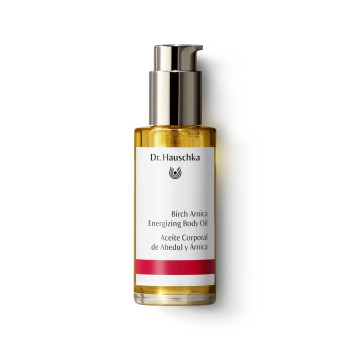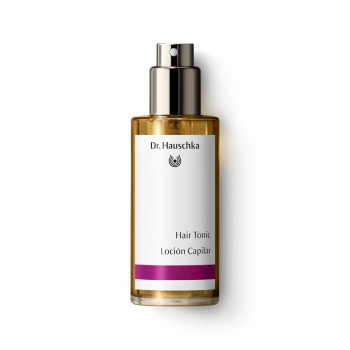
Small nettle
Synonyms: Nettle, annual nettle, burning nettle
Scientific Name: Urtica urens L.
Family: Urticaceae (stinging nettle plants)
Habitat
The nettle is found all over the world except in the Arctic, India and South Africa.
Constituents
Flavonoids, chlorophylls, carotinoids, vitamins, mineral salts, beta-sitosterin, plant acids and amines in the stinging hairs (histamine).
Description
In most cases it is felt first before it is seen. The nettle lives up to its name. Virtually everybody has had first hand experience of the red rash on the skin after coming into contact with the nettle with its stinging hairs. This has not exactly made it popular and it is immediately eradicated from the garden as an uninvited guest. What is generally overlooked in treating it in this way is that there is not just one type of nettle; both the large perennial stinging nettle (Urtica dioica) and the small nettle have herbal uses. The annual small nettle is slighter and more delicate in form but more aggressive in its effect. The leafy plant flowers from May to November with rather inconspicuous small greenish-white flowers, which are arranged in hanging heads and are pollinated by the wind. They prefer a nitrogen-rich soil, indicating this by their thick growth on such soil. They grow rampantly and stubbornly where the gardener does not want them but, on the other hand, are difficult to cultivate.
Interesting Facts
The nettle owes its common and scientific name (Urtica = burning) to its well-known property of stinging the skin. The word nettle, which derives from an old Indogermanic word nazza = to sew, comes from the times before the introduction of cotton when nettle fabric was made of stinging nettle fibres. The German word Nessel and the Dutch word netel are also derived from the word nazza for sewing.
The first shoots of the nettle in the spring were always used in Neunkräutersuppe (nine herb soup), consumption of which heathen countryfolk of old associated with the life forces of nature waking up. In its fresh green color the Celts saw the embodiment of the Green Man. As the partner of the earth goddess he fought the icy winter king with the woods, pastures and fields. With the help of the nettle, winter lethargy and scurvy were warded off. In many areas in Germany this soup is still known today by the name Gründonnerstagsuppe. Blood cleansing spring tonics of this kind were common up to the 20th century. As the nettle and other spring herbs support healthy flow of urine and sweating and loosen mucus in the lungs and promote healthy bowel movements, they were regarded as suitable agents for promoting the flow of 'vital juices' again.
The German folk name Donnernessel (thunder nettle) indicates its significance in mythology. Nettles were the symbol of the thunder and lightning god Thor. In order to avoid being struck by lightning, in the Middle Ages people threw a bunch of nettles over the roof of their dwellings and hoped they would show the lightning the way to the earth spirits.
The Greek poet Ovid was writing about nettle seeds as an aphrodisiac 2000 years ago. Then a mixture of pepper and nettle seeds was recommended to increase virility.
As a weed, Urtica (= burning) follows us everywhere and crowds around our houses. Therefore as an herb we always have it close to hand. Although not possessed of striking beauty itself, the nettle is always swarmed around by the most beautiful butterflies. The caterpillars of the small tortoiseshell, of the peacock butterfly and of the red admiral feed from its leaves.
The plant from another perspective
The nettle has three characteristics: its aggressive stinging hairs, its resistant resilience in the form of the silica–rich stem fibres and its high chlorophyll content, which is responsible for its rich green colour. The stem is rather stiff, whereas in the stinging hairs many metabolic processes seem to be taking place which have an almost animal-like quality.
The plant in our products
Nettle is used in:




